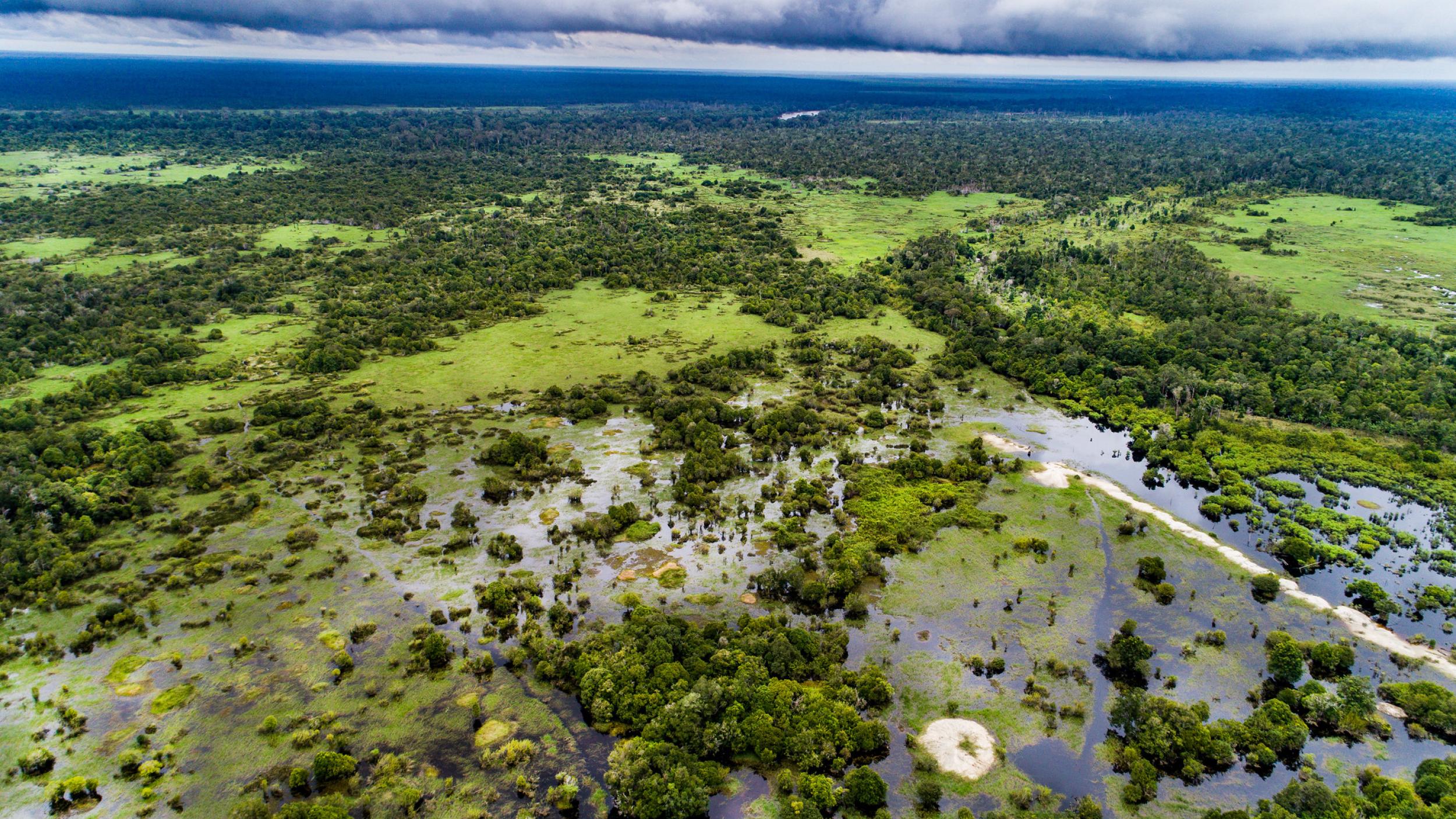COP30│The Peatland Breakthrough: A Global Call to Unlock the Power of Peatlands
Theme Conservation

Context:
Through the Global Peatlands Assessment, the Global Peatlands Initiative has brought together the latest science to inform policies, decisions, research and actions and build the evidence base to establish the state of the world’s peatlands.
The Global Peatlands Assessment (GPA), a Global Peatlands Initiative flagship product, will be launched during the event. The GPA will answer questions on peatland distribution, trends, and pressures, to understand the status of global peatlands. It closes many knowledge gaps, compiles relevant data and presents the best available science for strategic decision-making for the conservation, restoration and sustainable management of peatlands. An updated Global Peatland Map will also be launched, supported by hotspot maps and global case studies.
The GPA has been made possible through the generous, voluntary contributions of more than 210 contributors coming from 54 different countries (46% women; 54% men) who were involved as coordinating lead authors, contributing authors, reviewers, editors and information providers. This marks a deepening of collaboration between world-renowned peatlands experts in all disciplines to update, establish, and jointly communicate the status and value of peatlands.
The GPI intends this GPA to be a solid foundation and a basis for work towards future Assessments and the development of a future Global Peatlands Inventory, as called for by all countries of the world in the UNEA-4 Resolution on the Conservation and Sustainable Management of Peatlands in 2019. The close involvement of the Ramsar Convention on Wetlands Secretariat in the GPA reflects its work with UNEP towards a future Global Peatlands Inventory and coordination on peatland conservation and sustainable management. We welcome the involvement of additional countries in ongoing assessment and inventory work.
Objectives:
A. Officially launch the Global Peatlands Assessment, together with the accompanying updated Global Peatland Maps.
B. Present recommendations for policy options to guide action for the conservation, restoration, and sustainable management of peatlands, in particular for climate protection and adaptation to climate change.
C. Reflect on the importance and impact of the GPA within the global context of the GPI and the UNEA-4 Resolution on the Conservation and Sustainable Management of Peatlands, where a baseline for a Global Peatlands Inventory was requested in 2019 by all member states.
D. Highlight the collaborative process of the GPA and acknowledge the cooperation between hundreds of peatlands experts from all around the world to establish the state of the world’s peatlands.
E. Showcase the Global Peatland Map in detail, explaining its input information, spatial data generation, collation approaches, and the current gaps in coverage and resolution.
F. Present the diversity and uniqueness of global peatlands as a key Nature-based Solution for climate and nature action.
Contacts:
- Jan Peters, Managing Director of the Michael Succow Foundation, partner in the Greifswald Mire Centre, jan.peters@succow-stiftung.de; +49 (0) 15758796977
- Dianna Kopansky, Global Peatlands Initiative Coordinator, United Nations Environment Programme, dianna.kopansky@un.org; +254 (0)721530246
- Raquel Agra, Programme Officer, Nature-based Solutions, UN Environment Programme World Conservation Monitoring Centre, Raquel.Agra@unep-wcmc.org; +351 (0) 966198780
Theme Conservation
Theme Communications
Theme Adaptation
Theme Adaptation